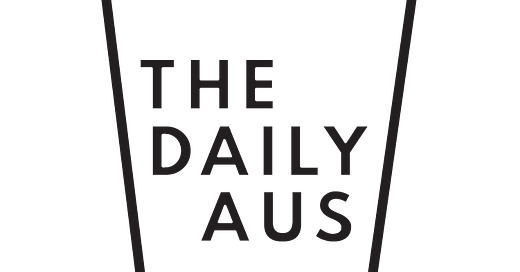The world’s worst humanitarian crisis.
Your two minute debrief on what’s happening in Yemen and how to help

The basics
Yemen, south of Saudi Arabia in the Middle East, is one of the world’s poorest countries.
The country’s population is roughly the same as Australia’s. It’s biggest export by far is oil.
Yemen is an Arab country. The country’s Islamic population is divided between the religion’s two main sects: about two thirds of the country’s arab population is Sunni Muslim, and one third is Shia Muslim.
The history
Yemen has faced wars on and off for the past 50 years.
This most recent conflict has its roots in the Arab Spring, a massive pro-democracy movement in the early 2010s which inspired revolutions and civil wars in several Middle Eastern and North African countries like Egypt, Syria and Libya.
The Arab Spring inspired protests in Yemen, too, whose president had ruled the country for more than three decades.
The Yemen Arab Spring protests won a change in ruler. But it wasn’t enough. By 2015, the powerful militant Houthi rebels had taken matters into their own hands, capturing Yemen’s capital and forcing the country’s new leader to flee.
The conflict
Since 2015, a complex war involving powerful global players has sprawled into what international relations observers say is the world’s worst conflict zone - and the world’s worst humanitarian crisis.
On one side, the Houthi rebels, backed by Iran, are fighting against what they see as economic ruin in Yemen caused by government corruption and the United States’ influence.
On the other, the Yemeni Government, backed by Saudi Arabia and a coalition of western nations including the United States and France, wants to restore peace to the country.
Support for either side largely falls along religious lines - the Houthi rebels and Iran are mostly Shia Muslims, while Sunni Muslims largely back the Yemeni Government and Saudi Arabia.
The devastation
While it's hard for international groups to properly monitor this crisis, the death toll since 2015 may be as high as 100,000.
About 80% of the population needs humanitarian assistance, with 20 million lacking a secure food source. According to Save the Children, roughly 85,000 children with severe acute malnutrition may have died from 2015 to 2018.
2 million children are acutely malnourished. 20 million people lack access to proper healthcare.
And the country is now battling COVID-19. The countries remaining healthcare services have been overwhelmed, there are very few healthcare workers and it’s hard to tell how bad it is - with a war going on, testing and contact tracing is practically non-existent.
ABOUT THE DAILY AUS
The Daily Aus is a ‘social-first’ Australian news service focused on delivering breaking news and explainers to audiences on email, Instagram and TikTok. We aim for the attention of 18-34 year old Australians who are looking to get into a habit of reading the news, but don’t know where to start.
We’re hoping to build a newsroom full of young Australian journalists that is there in 20 years doing exactly what it does now - and to be the first choice for young Australians when they’re wanting to read the news. Support us today.


